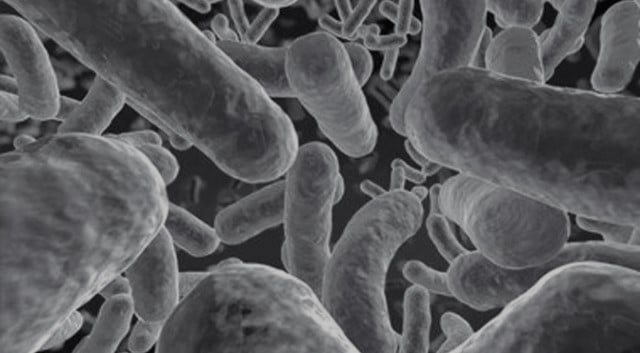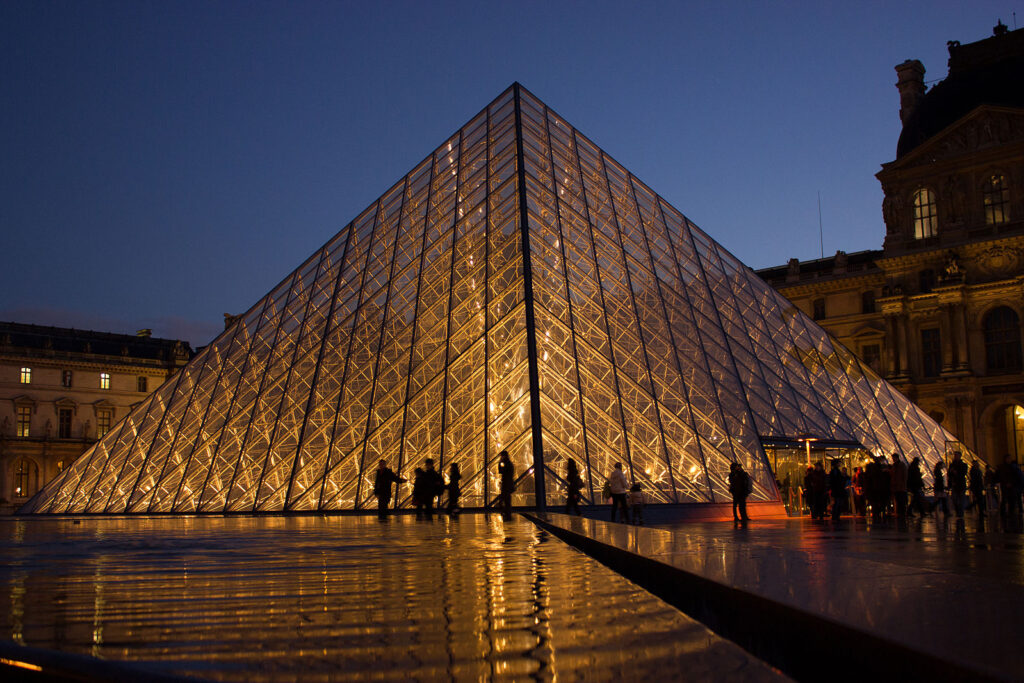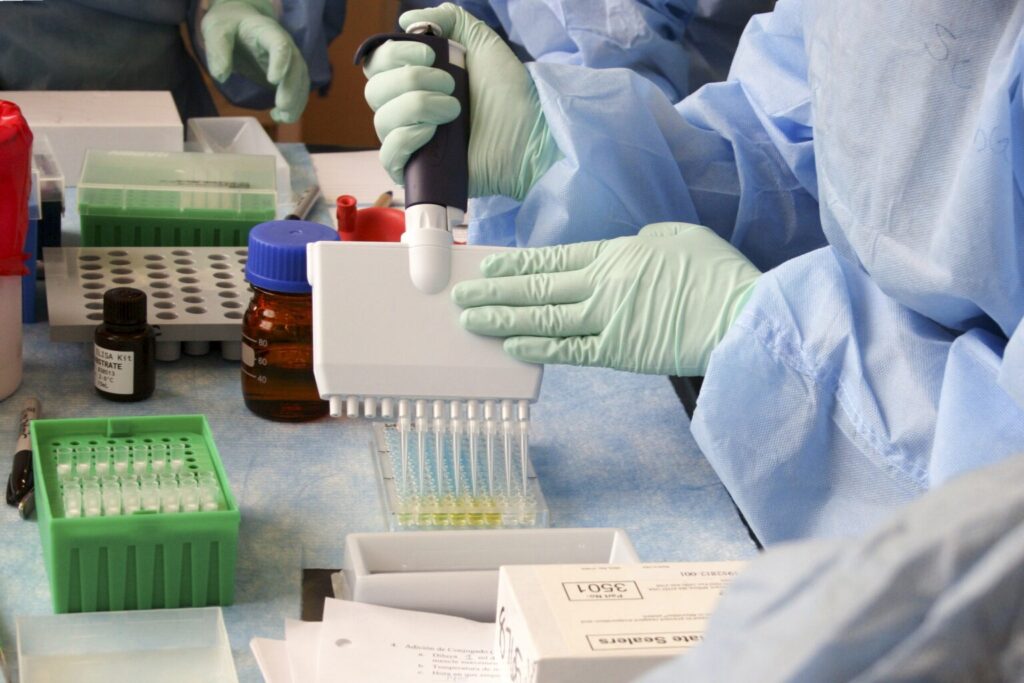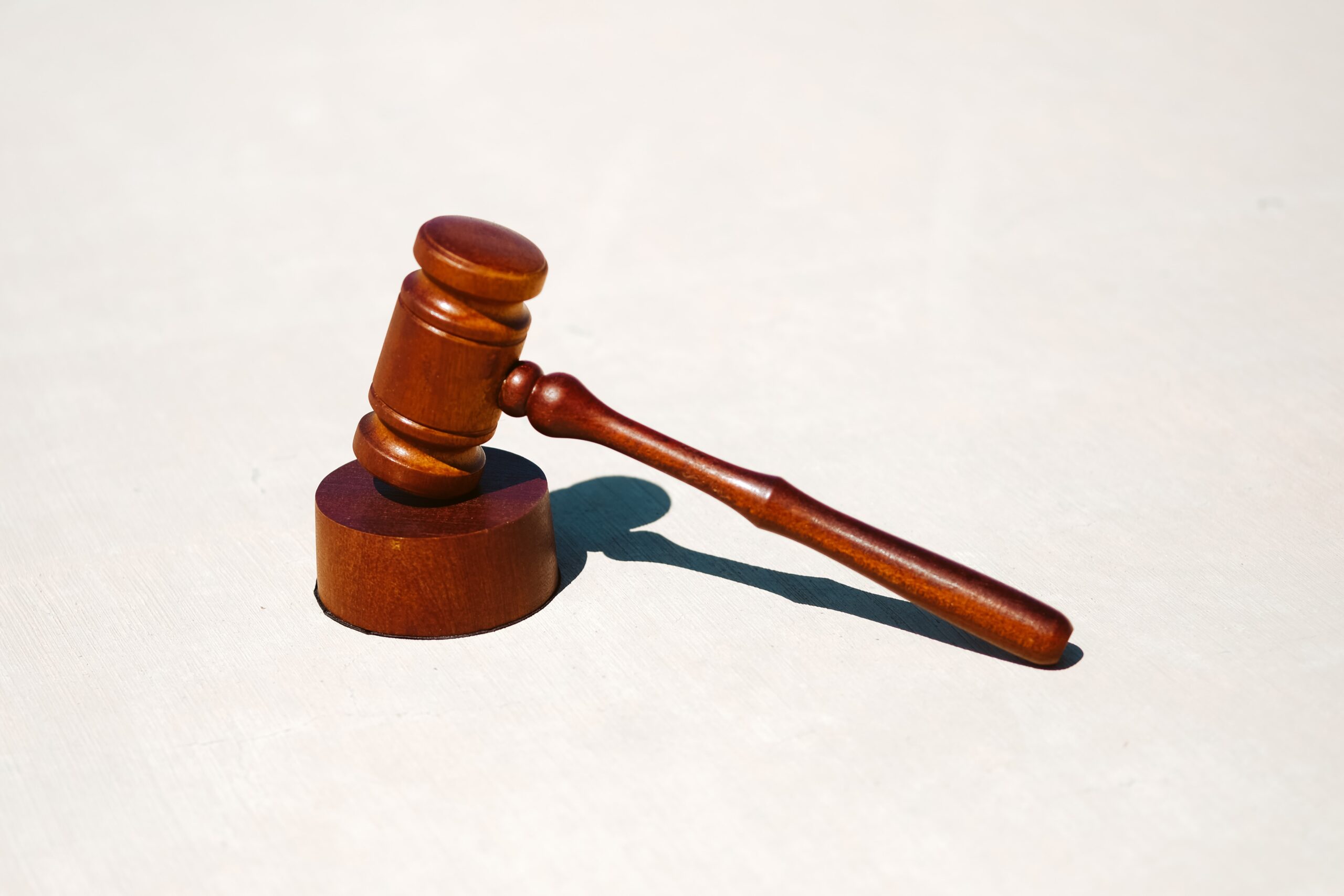Now Reading: Crime Scene Photography: Capturing the Truth Through The Lens
-
01
Crime Scene Photography: Capturing the Truth Through The Lens
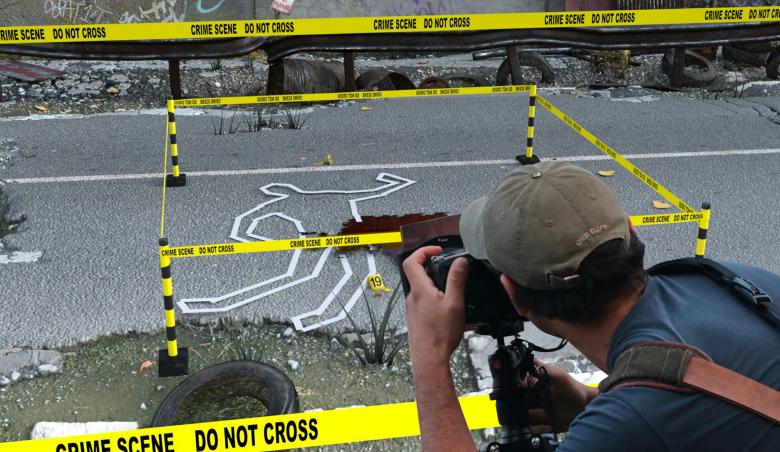
Crime Scene Photography: Capturing the Truth Through The Lens
Crime scene photography is an indispensable facet of forensic science, serving as the visual record of evidence and the environment where a crime occurred. This article presents an in-depth exploration of crime scene photography, covering its fundamental purpose, methodologies, equipment, and legal considerations. The visual documentation preserved through photographs aids investigators and courts in reconstructing events and ensuring the integrity of physical evidence. Emphasis is placed on the technique’s precision, from wide-angle overviews to close-up images of trace evidence. Different types of cameras, including DSLR, mirrorless, and forensic-specific models, are discussed, alongside the advancements in digital imaging technology that enhance forensic analysis. The article also explores the role of videography in crime scene investigation and outlines best practices for evidence admissibility in litigation. Finally, ethical considerations and future trends in crime scene imaging, such as 3D photogrammetry and AI-assisted image analysis, are highlighted. This review aims to equip forensic professionals, investigators, and legal practitioners with a detailed understanding of how expert photography preserves truth and facilitates justice.
Introduction
Photographic documentation is the cornerstone of crime scene investigation. Since traditional note-taking and sketches alone cannot comprehensively capture the complex spatial relationships and minute details of a crime scene, photographic evidence serves as the permanent record, unaltered by human memory or interpretation. Crime scene photography involves systematically capturing images of the scene, including physical evidence, victim injuries, and the environmental context, before any alterations or evidence removal occurs. These images provide critical visual exhibits in court, corroborate witness statements, and guide forensic experts during laboratory analyses.
Purpose and Importance of Crime Scene Photography
The primary objectives of crime scene photography include:
- Recording the Original Condition: Capturing the scene as it appears immediately after discovery preserves a “frozen moment” in time.
- Documenting Evidence Location: Relating specific evidence to its surroundings helps form hypotheses about the crime narrative.
- Supporting Reconstruction: Photographs enable experts to recreate events, movements, and interactions within the scene.
- Ensuring Evidence Integrity: Photographs act as a safeguard against accusations of evidence tampering or contamination.
- Courtroom Presentation: Clear and authentic images can effectively communicate complex investigative findings to judges and juries.
Types of Crime Scene Photography
Crime scene photography broadly includes three categories based on shot range:
Close-Range Photography
Focuses on individual pieces of evidence such as blood spatters, fingerprints, wounds, weapon details, or trace materials. These images must sometimes include a scale or ruler for size reference and show multiple angles. Macro lenses are frequently used to capture fine details that are invisible to the naked eye.
Mid-Range Photography
Establishes the relationship of an object or evidence to nearby surroundings. For example, photographing a bloodied gun placed on a couch to indicate proximity or potential contact with a victim.
Over-Range Photography
Shows the crime scene within its broader context, including the entire room, building exterior, approach paths, and surrounding areas. These are typically wide-angle shots that orient investigators and juries alike to the setting.
Equipment for Crime Scene Photography
Different cameras serve different purposes at the scene, ranging from high-end professional DSLRs to specialised forensic imaging devices.
Digital Single-Lens Reflex (DSLR) Cameras
- Provide high resolution (12+ megapixels) and excellent image quality.
- Allow manual control over aperture, shutter speed, and ISO to optimise exposure.
- Support interchangeable lenses for added versatility, including wide-angle, macro, and telephoto options.
- Remains the preferred tool for professional forensic photography due to reliability and control.
Mirrorless Digital Cameras
- Smaller and lighter than DSLRs, they are advantageous in tight or difficult scenes
- Features advanced on-sensor autofocus that covers a wider area.
- Provide real-time electronic viewfinder previews showing exposure and focus effects.
- Increasingly popular for its rapid and versatile crime scene imaging capabilities.
Forensic-Specific Cameras
- Designed to capture images under ultraviolet (UV) and infrared (IR) light.
- Use specialised flashes enabling visualisation of blood residue, gunshot residues, bruising, or document alterations invisible in visible light.
- Integrated with filters and software enhancements for evidence interpretation.
Instant Film Cameras (Historic)
- Previously valued for instant physical prints, minimising digital manipulation concerns.
- Now largely obsolete but historically important in forensic imaging evolution.
Techniques and Best Practices
- Systematic Coverage: Crime scenes should be photographed methodically, starting from overall scene shots and down to detailed close-ups.
- Use of Scales: Whenever possible, include measurement scales next to evidence for dimensional reference.
- Multiple Angles: Capture each critical element from various angles and lighting conditions.
- Avoid Disturbance: Photographs must be taken before any scene alteration occurs.
- Documentation: Maintain detailed photo logs, including date, time, camera settings, photographer’s identity, and scene notes.
Admissibility in Court
The evidentiary value of photographs relies on meeting stringent legal requirements:
- Photographs must be relevant, authentic, and unaltered.
- The photographer or custodian must testify to authenticity and proper chain of custody.
- Metadata and detailed logs support the image’s credibility.
- In many jurisdictions (such as under the Indian Evidence Act, sections 65A and 65B for electronic records), digital images must be properly preserved and documented to be admissible.
- Any manipulation, editing, or loss of metadata risks rendering photographs inadmissible.
Videography at Crime Scenes
Videography complements still photography by capturing the dynamic process of crime scene investigation—initial walkthroughs, evidence collection, and packaging. Important elements include:
- Verbal narration of date, time, location, case number, and videographer.
- Recording search methods and interactions with evidence.
- Ensuring no editing of original footage to maintain integrity.
- Valuable for courtroom presentations and training purposes.
Additional Advances in Crime Scene Imaging
- 3D Photogrammetry and Laser Scanning: Provide accurate three-dimensional models of scenes for virtual walkthroughs and precise measurements.
- Drones: Useful for aerial photography of large outdoor crime scenes.
- AI and Image Enhancement: Software that helps in analysing blood spatter patterns or enhancing faint traces.
- Mobile Forensic Imaging: Smartphones and portable imaging devices increasingly supplement traditional cameras in fieldwork.
Ethical Considerations and Challenges
- Respect for victim dignity and privacy in photographing bodies and sensitive scenes.
- Handling graphic images in a way that minimises distress.
- Ensuring unbiased and accurate documentation without manipulation.
- Managing large volumes of digital image data securely and confidentially.
Conclusion
Crime scene photography remains a cornerstone of forensic investigation, crucial for preserving tangible evidence and providing an accurate visual narrative of crime scenes. Combined with evolving technologies and adherence to legal and ethical standards, expert photographic documentation continues to enhance the pursuit of justice by safeguarding truth through the lens.
References
- Kaul, Z. (2025). Forensic Photography – Capturing the Crime Scene Truth. ITM University Gwalior.
- Gardner, R. M. (2013). Practical Crime Scene Photography. CRC Press.
- Durdle, N., & Siegel, J. A. (2018). Forensic Science: An Introduction to Scientific and Investigative Techniques.
- Fisher, B. A. J., & Fisher, D. R. (2004). Techniques of Crime Scene Investigation.
- Indian Evidence Act, Sections 65A and 65B (for electronic records). Government of India.
- James, S. H., & Nordby, J. J. (2003). Forensic Science: An Introduction to Scientific and Investigative Techniques.
- National Institute of Justice. (2025). Advances in Forensic Imaging Technologies.


